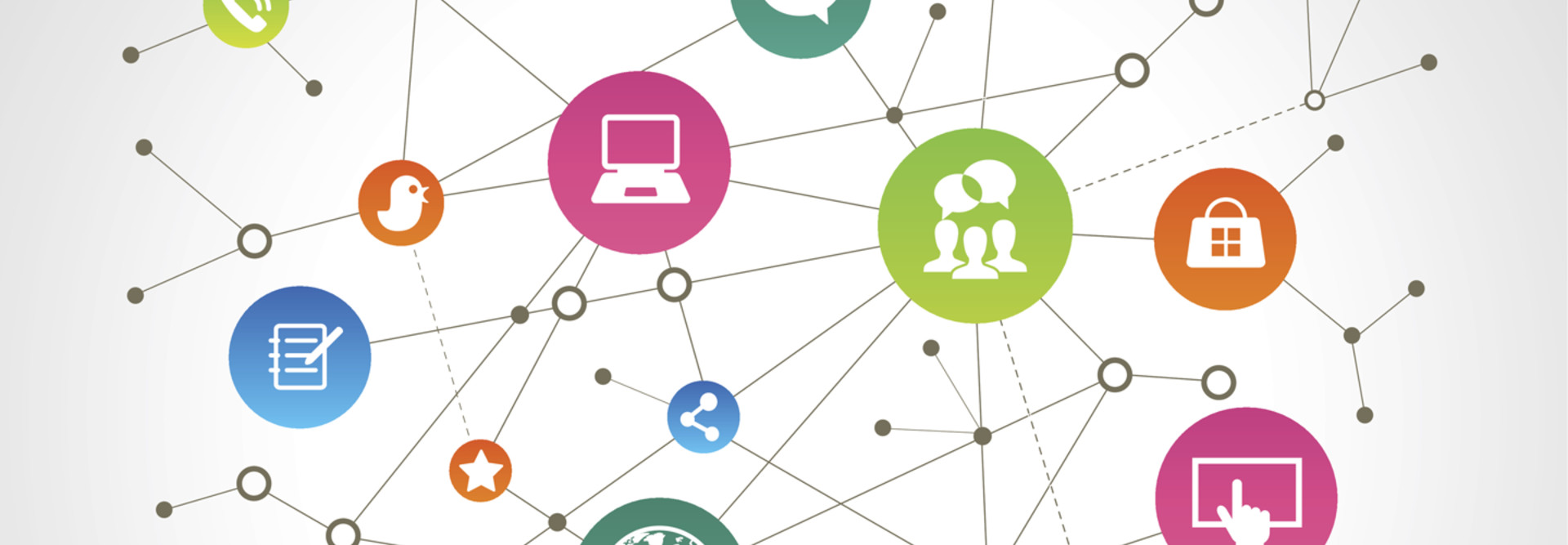The Internet of Things Goes to College
Biology lab freezers at the College of the Holy Cross send email alerts when their temperatures drift out of acceptable range. Students on the Worcester, Mass., campus soon will be able to use their smartphones to check whether washers are free in their dormitory laundry room. It's just one of many campuses where apps based on the Internet of Things (IoT) — the burgeoning array of Internet-connected devices — are moving beyond their established role in facilities management and into classrooms, laboratories and student life.
"It's interesting to think about the convergence of several trends, particularly the cloud and mobile app development, which are related," says Ellen Keohane, the director of IT services at Holy Cross. "We have an increasing variety of mobile devices with access to cloud-based information services. The possibilities seem endless."
The number of devices (not including PCs, tablets and smartphones) that Gartner predicts will be connected to the Internet by 2020
SOURCE:"Forecast: The Internet of Things, Worldwide, 2013" (Gartner, Dec. 2013)
The IoT is the latest catchphrase for the effort to connect people and all the diverse platforms around them in a ubiquitous computing environment, says Eric Matson, associate professor and director of the Robotic Innovation, Commercialization and Education Research Center at Purdue University in West Lafayette, Ind. Students already reach the IoT through their smartphones, and they expect their available network of connections to grow, Matson says. Faculty and staff expectations may lag behind their students' but they, too, are likely to adopt new applications more quickly than users in other settings. The IoT also offers financial relief for increasingly tighter higher education budgets.
"The Internet of Things promises to make any enterprise more efficient," Matson says.
IoT Privacy and Security
Bandwidth and the adoption of standards for machine-to-machine (M2M) communication must be addressed as the IoT grows, but security, privacy and personal autonomy are far more serious concerns, Matson says: "If we want to set high-level policy and let machines make lower-level decisions, we need to understand the machines, the network and the implications of the policies we make."
Sanjay Sarma, professor of mechanical engineering and director of digital learning at Massachusetts Institute of Technology, believes security will only improve as the IoT expands. "It's not as though the world is secure now. As more devices are connected, we're going to be forced to recognize our vulnerabilities."
The practical impact of the IoT at MIT is "embryonic," Sarma says, but sparking interest in students, who are entering with experience in robotics programming and M2M app development. Such sophisticated and engaged students make him bullish on the IoT.








